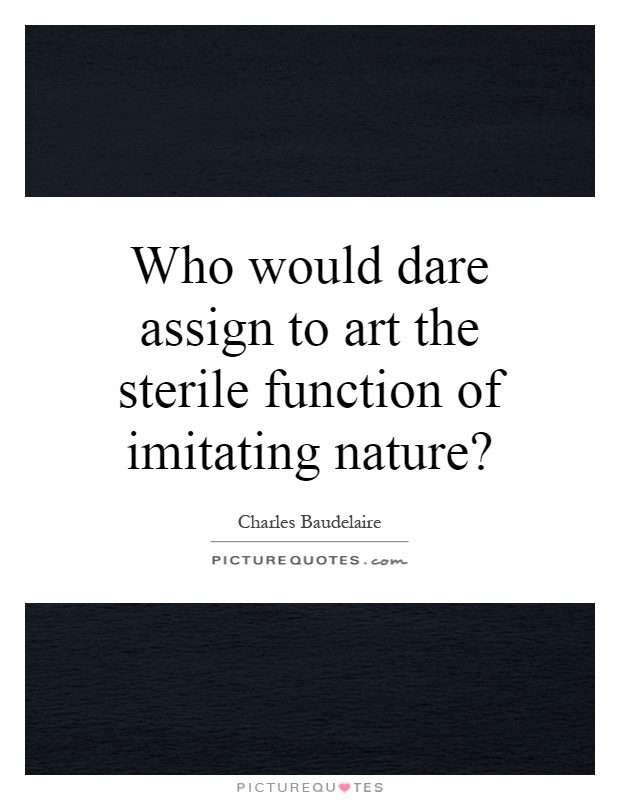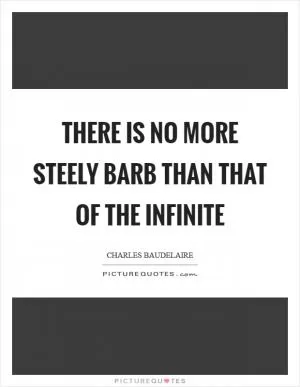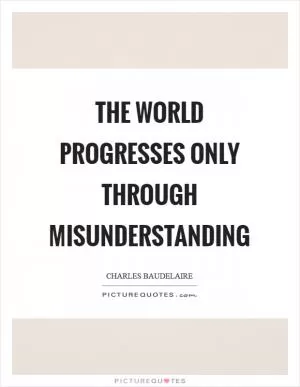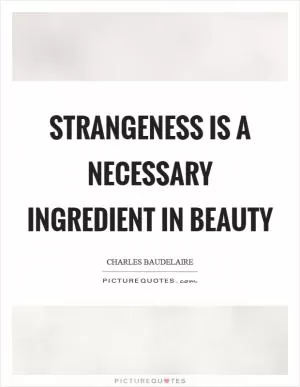Who would dare assign to art the sterile function of imitating nature?

Who would dare assign to art the sterile function of imitating nature?
Charles Baudelaire, a prominent French poet and art critic of the 19th century, was a staunch advocate for the idea that art should not be limited to simply imitating nature. In his seminal work, "The Painter of Modern Life," Baudelaire argues that art should strive to capture the essence of modernity and the complexities of human experience, rather than merely replicating the external world.Baudelaire believed that art should be a reflection of the artist's inner world, their emotions, thoughts, and unique perspective on the world around them. He saw art as a means of expressing the artist's individuality and creativity, rather than simply copying what already exists in nature. For Baudelaire, true art was about pushing boundaries, challenging conventions, and exploring new ways of seeing and interpreting the world.
In his essay "The Salon of 1846," Baudelaire criticizes the prevailing notion that art should be judged based on its ability to faithfully reproduce nature. He argues that this approach leads to a sterile and unimaginative form of art that lacks depth and originality. Baudelaire believed that art should be a source of inspiration, provocation, and intellectual stimulation, rather than a mere imitation of the world around us.
Baudelaire's ideas about art were deeply influenced by his belief in the power of imagination and creativity. He saw art as a way of transcending the limitations of reality and tapping into the deeper truths and mysteries of human existence. Baudelaire's poetry, with its vivid imagery, rich symbolism, and emotional intensity, exemplifies his belief in the transformative power of art.












 Friendship Quotes
Friendship Quotes Love Quotes
Love Quotes Life Quotes
Life Quotes Funny Quotes
Funny Quotes Motivational Quotes
Motivational Quotes Inspirational Quotes
Inspirational Quotes